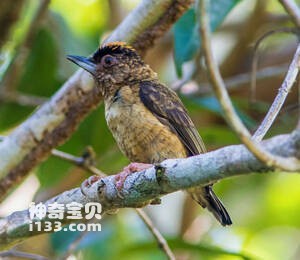
Picumnus fuscus
Picumnus fuscus,Rusty-necked piculet
The scientific name of the Rusty necked Woodpecker is Picumnus fuscus, and i···
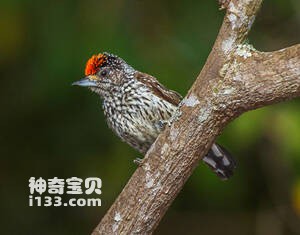
Picumnus albosquamatus
Picumnus albosquamatus,White-wedged piculet
The scientific name of the White-tailed Woodpecker is Picumnus albosquamatus···
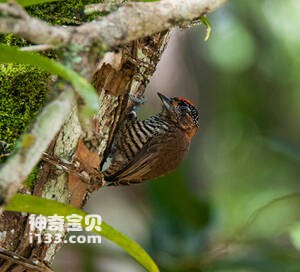
Picumnus temminckii
Picumnus temminckii,Ochre-collared piculet
The scientific name of the Zhe Ling Ji Woodpecker is Picumnus temminckii, an···
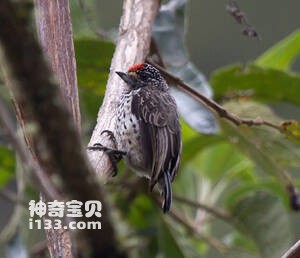
Picumnus dorbignyanus
Picumnus dorbignyanus,Ocellated piculet
The scientific name of the spotted woodpecker is Picumnus dorbigyanus, and t···
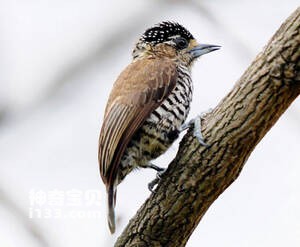
Picumnus cirratus
Picumnus cirratus,White-barred piculet
The scientific name of the White spotted Woodpecker is Picumnus cirratus, an···
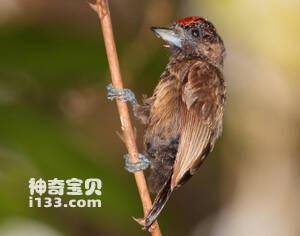
Picumnus varzeae
Picumnus varzeae,Varzea piculet
The scientific name of the Brazilian woodpecker is Picumnus varzeae, and the···
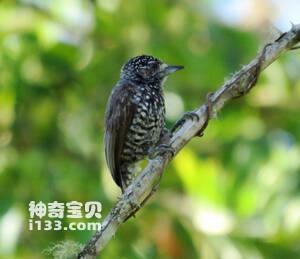
Picumnus steindachneri
Picumnus steindachneri,Speckle-chested piculet
The scientific name of the Spotted Chested Woodpecker is Picumnus steindachn···
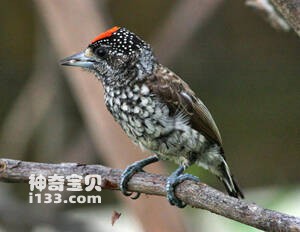
Picumnus minutissimus
Picumnus minutissimus,Arrowhead piculet
The scientific name of the pointed woodpecker is Picumnus minussimus, and th···
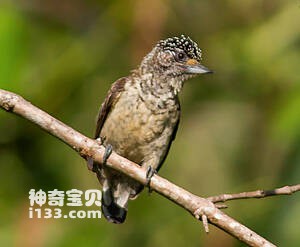
Picumnus spilogaster
Picumnus spilogaster,White-bellied piculet
The scientific name of the White bellied Woodpecker is Picumnus spilogaster,···
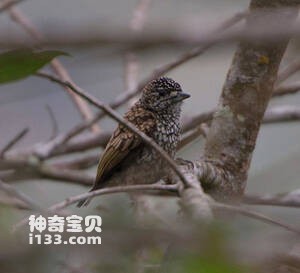
Picumnus squamulatus
Picumnus squamulatus,Scaled piculet
The scientific name of the scaled woodpecker is Picumnus squamulatus, and it···
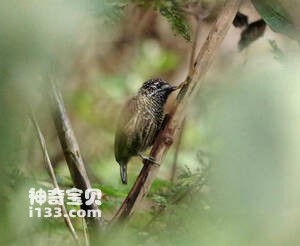
Picumnus sclateri
Picumnus sclateri,Ecuadorian piculet
The scientific name of the Ecuadorian woodpecker is Picumnus sculari, and it···
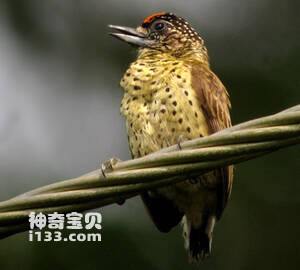
Picumnus nigropunctatus
Picumnus nigropunctatus,Black-spotted piculet
The scientific name of the black spotted woodpecker is Picumnus nigropunctat···
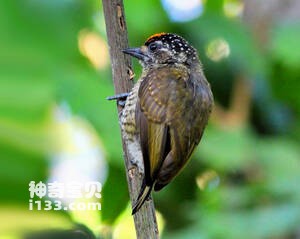
Picumnus exilis
Picumnus exilis,Golden-spangled piculet
The scientific name of the Himeji Woodpecker is Picumnus exis, and the forei···
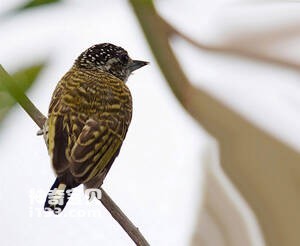
Picumnus lafresnayi
Picumnus lafresnayi,Lafresnaye's piculet
The scientific name of the Lacumnus lafresneye woodpecker is Picumnus lafres···
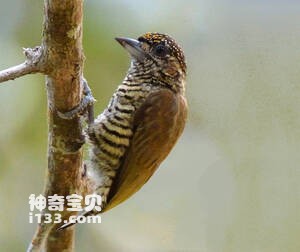
Picumnus pumilus
奥里诺科姬啄木鸟,Picumnus pumilus,Orinoco piculet
The scientific name of the Orinoco woodpecker is Picumnus pumilus, and its f···
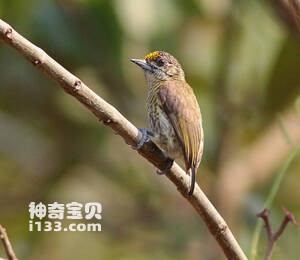
Picumnus aurifrons
Picumnus aurifrons,Bar-breasted piculet
The scientific name of the Chinese woodpecker is Picumnus aurifrons, and the···
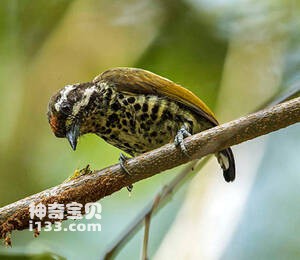
Picumnus innominatus
Picumnus innominatus,Speckled piculet
The scientific name of the Banji Woodpecker is Picumnus innominatus, and the···
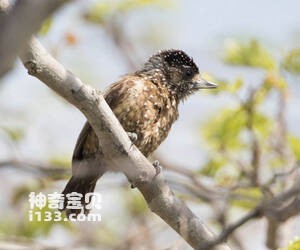
Picumnus pygmaeus
Picumnus pygmaeus,Spotted piculet
The scientific name of the Ji woodpecker is Picumnus pygmaeus, and the forei···
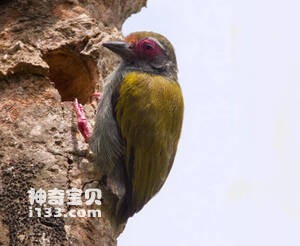
Sasia africana
Sasia africana,African piculet
The scientific name of the African woodpecker is Sasia africana, and its for···
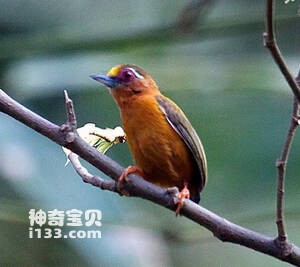
Sasia ochracea
Sasia ochracea,White-browed piculet
The scientific name of the white browed woodpecker is Sasia ochracea, and it···
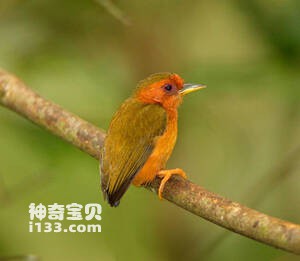
Sasia abnormis
Sasia abnormis,Rufous piculet
The brown woodpecker, also known as Sasia annormis or Rufous piculet, has th···
